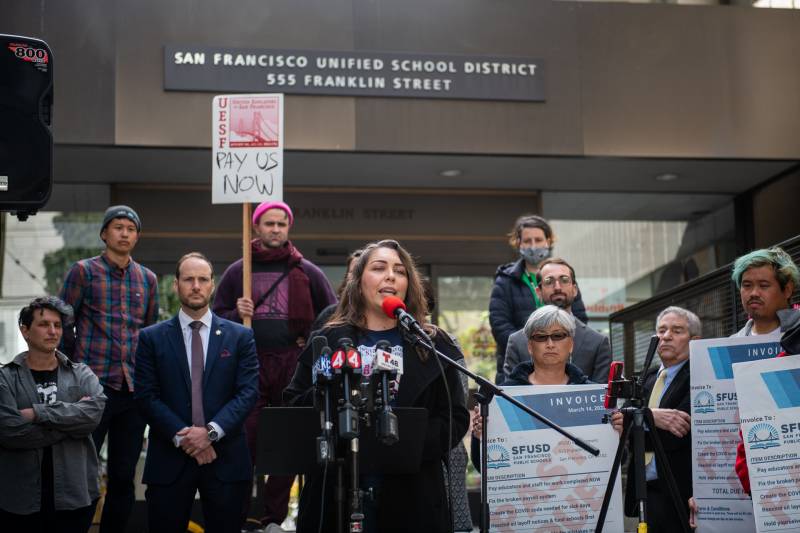“SFUSD has spent millions on new upper management positions, even as enrollment declined,” the report reads. “Now, upper management, which has mismanaged SFUSD’s finances for decades, is claiming SFUSD needs to make cuts to critical services at high-needs school sites and even threatening school closures.”
Curiel also pointed out financial mismanagement around the district’s botched computer payroll system, which blocked teachers from receiving pay for months.
“They wasted $30 million on a software program that failed to even pay the educators that they employ. So they’re wasting funds there,” Curiel said.
San Francisco Superintendent Matt Wayne told KQED that “the status quo is not working for the district.”
“Rather than figuring out how to use our resources to just try to maintain the status quo, we want to imagine a new future for the San Francisco Unified School District,” Wayne added.
The district plans to provide feedback opportunities and consult with the community throughout an eight-month research process. That will include doing an “equity audit” to review how school closures might disproportionately affect different communities.
Many teachers and families are nonetheless worried about what school closures could mean for them.
Erin Mapes, a teacher at Buena Vista Horace Mann elementary in the Mission District, said she’s worried that families with fewer resources will bear the brunt of school closures and the impacts that follow.
“There’s a lot of distrust between the staff, teachers and the central office right now,” Mapes told KQED.
